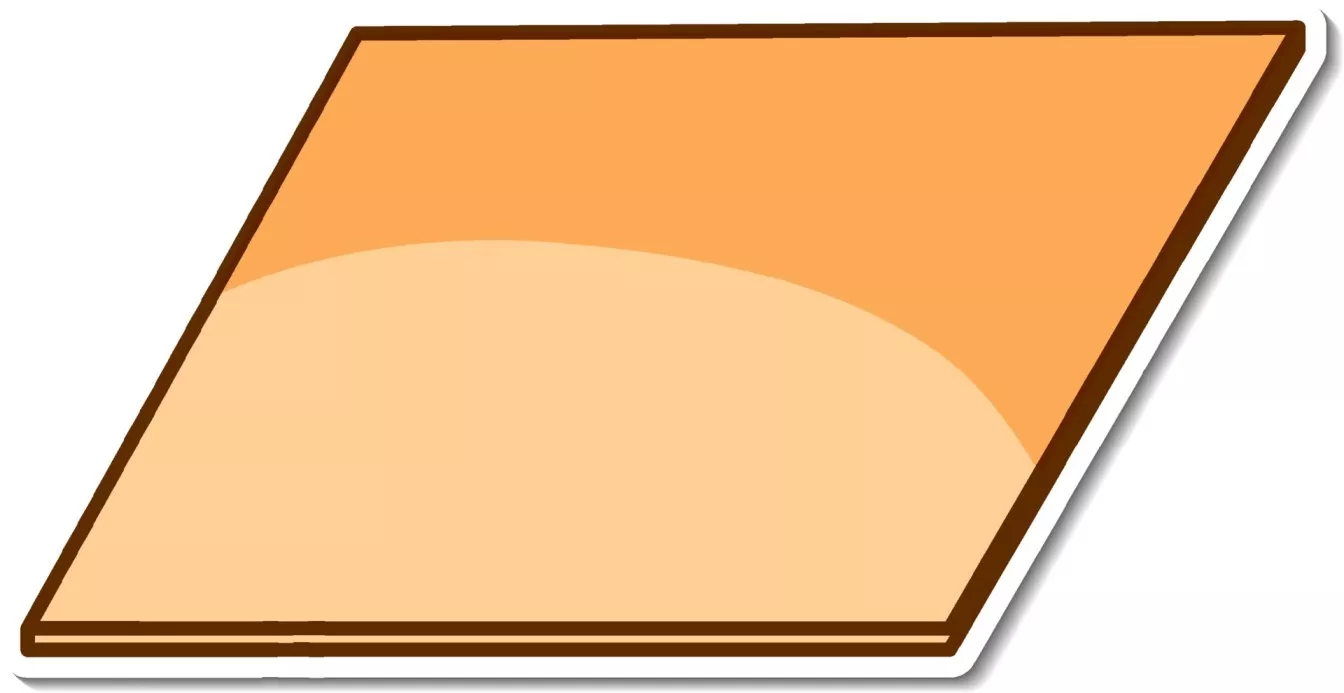Strategy - Equal Stage
In this article, we are going to learn how to solve word problems involving the equal stage concept. We will look at problems in which the 2 quantities are the same in the beginning but different in the end and then problems of two different quantities at first which become the same in the end.
The learning objectives are:
- Equal in the beginning
- Equal in the end
1. Equal In The Beginning
2 subjects had an equal number of items at first. Items are then added or removed from each of the subjects, resulting in a different number of items in the end.
Question 1:
Gary had an equal number of pears and mangoes. After he sold 18 pears and 42 mangoes, the number of pears left was \(\frac {7}{12}\)of the remaining number of fruits. How many pears and mangoes were there altogether at first?
Solution:
Difference in units
= 7 units – 5 units
= 2 units
2 units = 42 – 18
= 24
1 unit = 24 ÷ 2
= 12
Total remaining fruits
= 12 units
= 12 × 12
= 144
Total number of fruits in the beginning
= 144 + 18 + 42
= 204
Answer:
204 fruits
Question 2:
Lucas baked an equal number of muffins and cupcakes in the morning. After he sold 244 cupcakes and baked another 126 muffins, he had thrice as many muffins as cupcakes left in the afternoon. How many muffins and cupcakes did he have in the end?
Solution:
Difference in units
= 3 units – 1 units
= 2 units
2 units = 244 + 126
= 370
1 unit = 370 ÷ 2
= 185
Total number of muffins and cupcakes in the end
= 4 units
= 4 × 185
= 740
Answer:
740 muffins and cupcakes
Question 3:
Cynthia had an equal number of handmade rings and earrings in her shop. After she made another 23 pairs of earrings and 158 rings, she had \(\frac {2}{7}\) as many earrings as rings. How many pairs of earrings did she have at first?
Solution:
Difference in units
= 7 units – 2 units
= 5 units
5 units = 158 – 23
= 135
1 unit = 135 ÷ 5
1 unit = 27
Number of pairs of earrings at first
= 2 units – 23
= 2 × 27 – 23
= 54 – 23
= 31
Answer:
31 earrings
2. Equal In The End
2 subjects had a different number of items at first. Items are added to one subject and taken away from another or different numbers of items are taken away from both subjects such that they have the same number of items in the end.
Question 1:
Ahmad had 4 times as many pencils as Raju. After Ahmad bought 9 more pencils and Raju bought 30 more pencils, they had the same number of pencils. How many pencils did each of them have at first?
Solution:
Difference in units
= 4 units – 1 unit
= 3 units
3 units = 30 – 9
= 21
1 unit = 21 ÷ 3
1 unit = 7
Number of pencils Raju had at first
= 1 unit
= 7
Number of pencils Ahmad had at first
= 4 units
= 4 × 7
= 28
Answer:
Raju: 7 pencils
Ahmad: 28 pencils
Question 2:
Sue and Tom had a total of $525. After Sue spent \(\frac {3}{7}\) of her money and Tom received another $80 from his mother, they had the same amount of money. How much money did each of them have at first?
Solution:
11 units = $525 + $80
= $605
1 unit = $605 ÷ 11
1 unit = $55
Amount of money Sue had at first
= 7 units
= 7 × $55
= $385
Amount of money Tom had at first
= 4 units – $80
= 4 × $55 – $80
= $220 – $80
= $140
Answer:
Sue: $385
Tom: $140
Question 3:
There were thrice as many blouses as skirts in a factory. After 456 blouses and 138 skirts were sold away, there were an equal number of blouses and skirts left. How many blouses were there in the factory at first?
Solution:
Difference in units at first
= 3 units – 1 unit
= 2 units
2 units = 456 – 138
= 318
1 unit = 318 ÷ 2
= 159
Number of blouses in the factory at first
= 3 units
= 3 × 159
= 477
Answer:
477 blouses
Question 4:
Tank A holds 4 times as much water as Tank B. After 12.75 ℓ of water from Tank A is poured into Tank B, both containers have the same amount of water. How much water did each container hold at first?
Solution:
Number of units transferred from Tank A to Tank B
= (6 units – 3 units) ÷ 2
= 3 units
3 units = 12.75 ℓ
1 unit = 12.75 ℓ ÷ 3
1 unit = 4.25 ℓ
Volume of water in Container A at first
= 8 units
= 8 × 4.25 ℓ
= 34 ℓ
Volume of water in Container B at first
= 2 units
= 2 × 4.25 ℓ
= 8.5 ℓ
Answer:
Container A: 34 ℓ
Container B: 8.5 ℓ
Conclusion
In this article, we have learnt Equal Stage. We have learnt and solved word problems of the following.
- Equal in the beginning
2 subjects had an equal number of items at first. Items can be added or taken away from each of the subjects, resulting in a different number of items in the end.
- Equal in the end
2 subjects had a different number of items at first. Items are added to one subject and taken away from another or different numbers of items are taken away from both subjects such that they have the same number of items in the end.


 SG
SG  VN
VN 
















